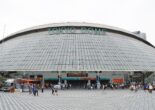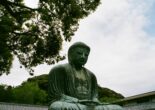When Tokyo was still Edo, the area was full of gardens that belonged to the noble palaces. The shogun, with his residence in the Edo Castle, created still more for outings. And when the shogunate fell and Japan quickly modernized, some of the nouveau riche set out to create traditional Japanese gardens of their own. Read on to find out where to find them.
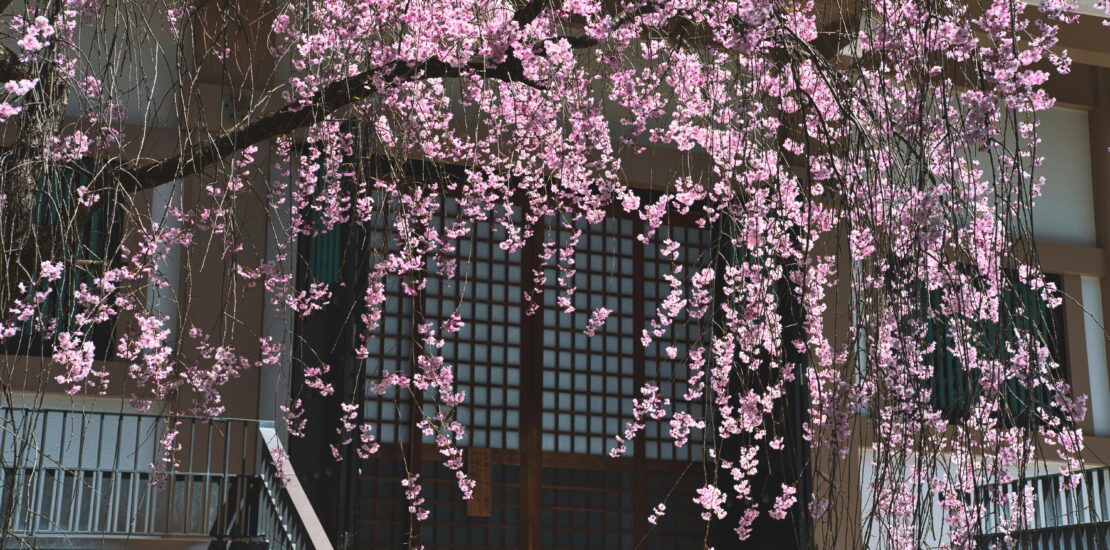
Edo was a completely different city from Tokyo. Dominated by the daimyo palaces centered on Edo Castle where the shogun lived, the residences of the feudal lords who were forced to stay in the city of the shogun every two years, this was a city of private gardens. Interspersing the gardens were the palace moats, making it even harder to attack Edo castle, keeping attackers out and letting defenders break through. The Buddhist monasteries outside the palace gardens formed a green ring around the city, serving as a barrier to slow down would-be attackers.
Bulwark City Edo
The city was designed as a bulwark rather than a place to live, especially if you did not belong to the samurai class.
But no attacker came for almost 400 years, and when they did, it was from completely unexpected directions. The Meiji Restoration (some say revolution) that brought power back into the hands of the Emperor meant that all the properties of the feudal lords were confiscated, as were some of the monasteries. As a result, the daimyo palaces were often turned into military barracks and the gardens into exercise grounds.
Repurposed Exercise Grounds
After WWII, when the Allied administration decided Japan should not have a military (the current armed forces are formally a branch of the police), the exercise grounds were repurposed. Some of them became playgrounds, others athletic fields. The field in Iidabashi, home to the Ibaraki cadet branch of the ruling Tokugawa family before the revolution, became a baseball field. Even though the field has moved, there is still a marker there — and the Tokyo Dome, a baseball field slash indoor arena and entertainment complex, so well known that when Japanese news wants to make a surface comparison, they say that ”this and this is three times as big as Tokyo Dome”.
But behind the puffy roof of the dome is the remnants of one of the most beautiful gardens in Tokyo. More than a remnant, because it is big enough to get lost in. And it continues to exist thanks to the man who ended Tokugawa rule: Emperor Meiji.
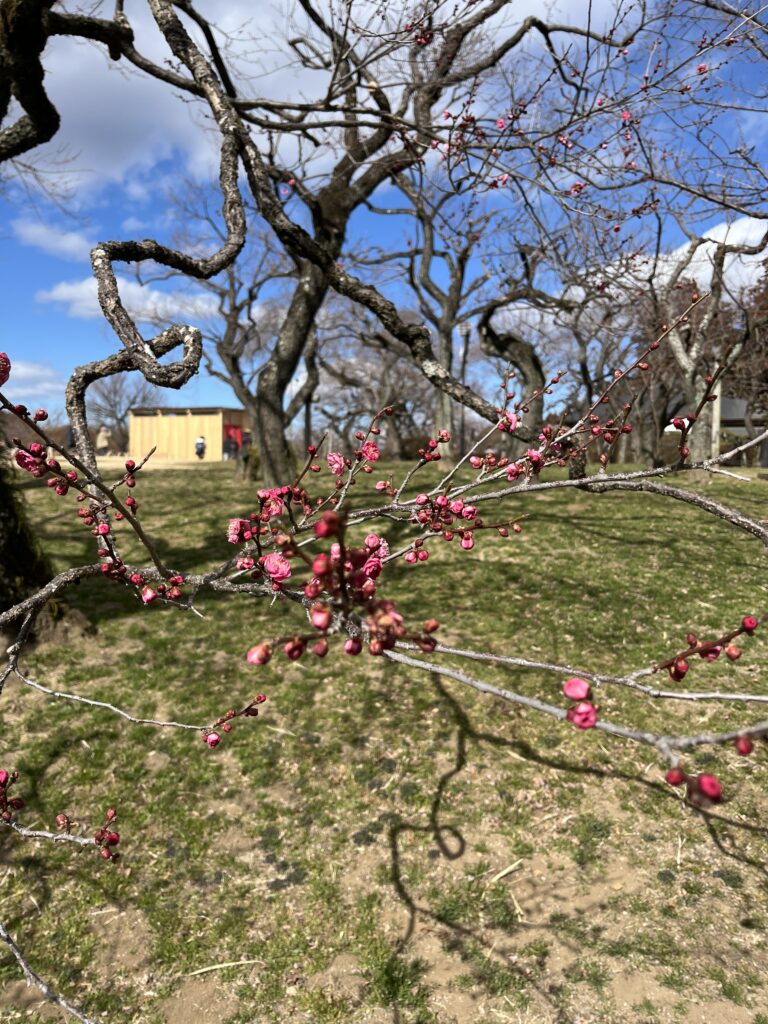
The garden was one of his favorite spots in Tokyo, and he often used it to receive foreign visitors. Partly thanks to this, it has been designated both a Special National Historic Site and a Special Place of Scenic Beauty.
The Koishikawa Korakuen is about a third of the area that the Tokugawa family occupied, but it is the area that was originally designated a garden in 1629, with help from Chinese architects. The garden, which has areas where you can disappear for a few minutes if you want to conspire against the shogun, and spots designed so nobody can come close enough to hear what you are talking about, is built for two flowering seasons: Spring and autumn.
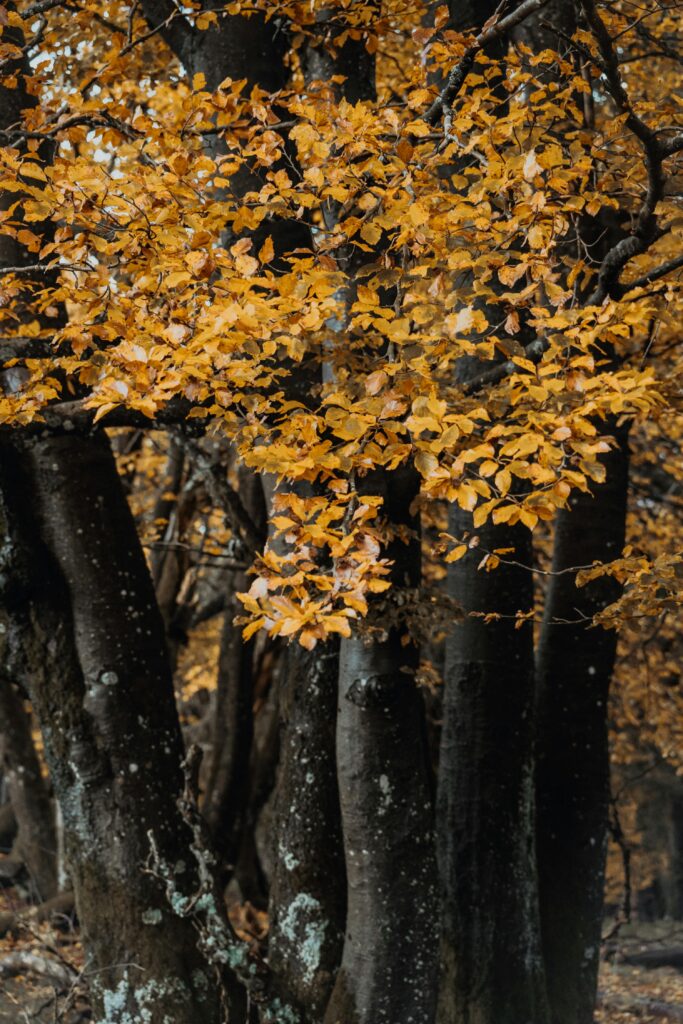
When the weather cools down and days become shorter, the trees gradually shift their hues into reds and yellows, with evergreens a startling accent. And in spring, this is of course a favorite cherry spot, although with the Mito connection, ume trees come first (in Mito, the capital of Ibaraki, the Tokugawa family built a garden with several thousand ume trees).
There is an entrance fee to enter the garden, and the entrance is on the opposite side from Tokyo Dome. There is also a tea house where you can have a cup of matcha and some Japanese sweets — if you are early.
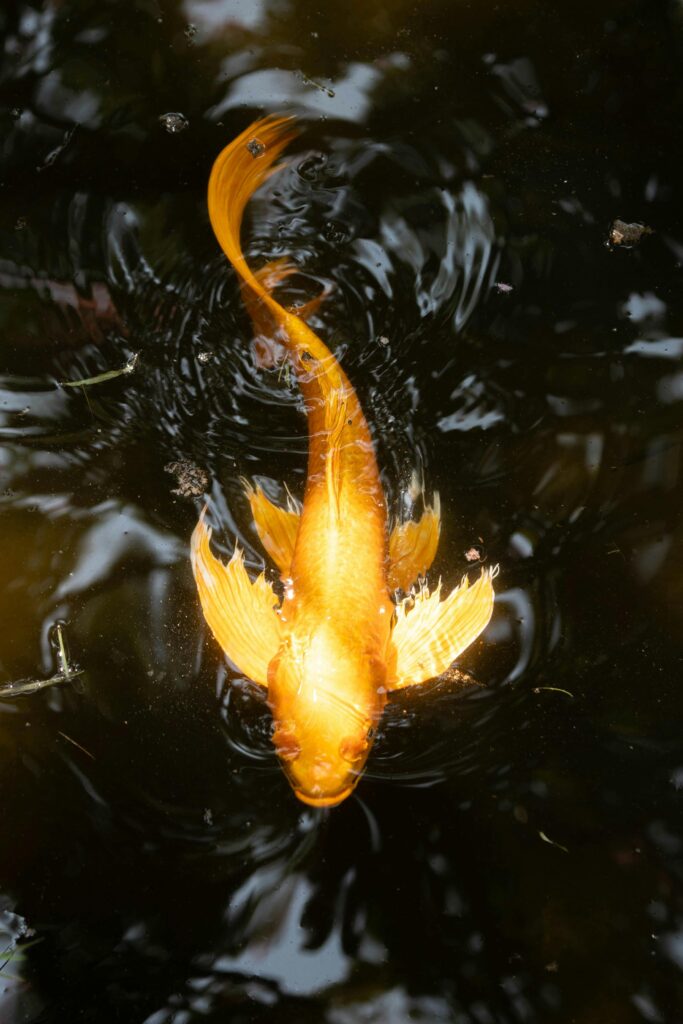
There are two other intact daimyo gardens in Tokyo. The Rikugi-en near Komagome was a garden for the daimyo of what today is Nara prefecture outside Kyoto, but when he died, it was neglected, and it was not until the 19th century that it came back to life. It is designed around the six parts of a Japanese waka poem, hence the name.
The garden came back to life because it was bought by the founder of Mitsubishi, who had quickly climbed to become one of the most important industry groups in Japan. He invested in the garden and brought back its original glory. This was continued by his brother, who eventually donated it to the city of Tokyo. You have to pay a fee to enter.
Garden of the Shogun
The third daimyo garden belonged to the shogun himself. Located on the seaside from the Shinkansen tracks and the Tokyo Monorail, just south of the Shiodome high-rise area, this small garden was the second home for generations of the Tokugawa family, who could practice falconry and hunt ducks from their bedroom windows. With the Meiji restoration, the shogunate residence became a guest house for visiting dignitaries.
Famous guests included Ulysses S. Grant and Crown Prince Friedrich Wilhelm of Germany, who soon would become emperor himself.
Tidal Pools Surround the Tea House
This is an example of a water garden — it sits just above water level, and it is the only garden in Tokyo that you can access by boat (from Asakusa via Odaiba — the boat ticket includes the entry fee to the garden). The moat surrounding it is seawater, and the two ponds inside are tidal pools, connected to the sea. The little tea house in the center, reached by the two slender bridges, where you can enjoy a cup of matcha and a Japanese sweet, is the third or fourth incarnation, since like everything else in Tokyo the fire bombings during WWII affected the Hama-rikyu gardens as well. This did not stop it from becoming a Special National Place of Scenic Beauty, as well as a Special National Historic Site.
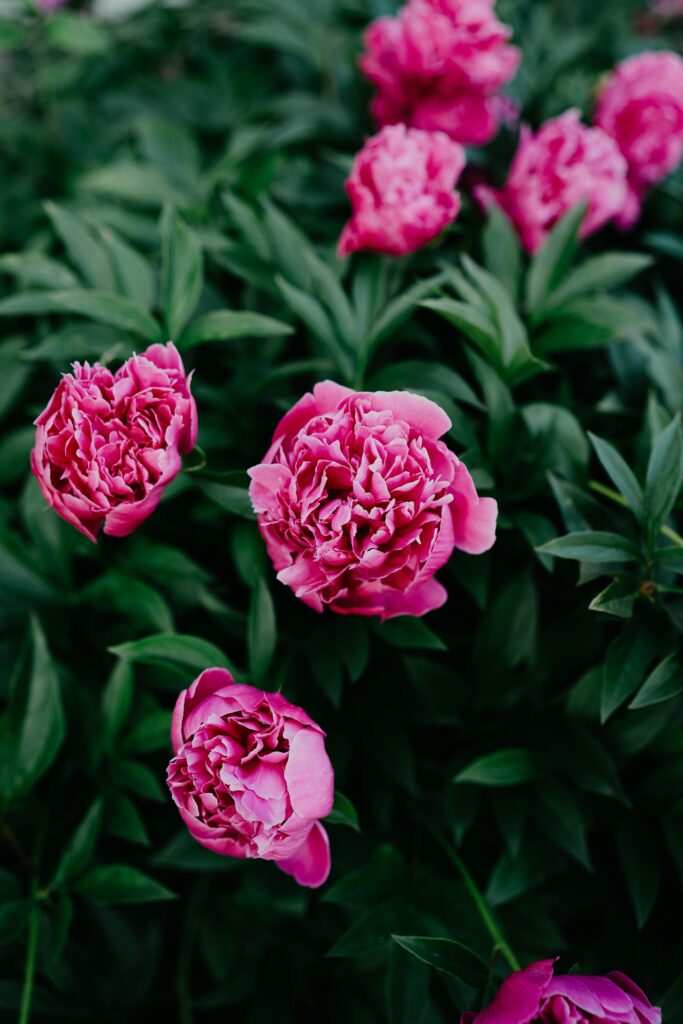
The garden is not particularly known for its cherry blossoms, but there is a grove of ume trees which flower earlier and a separate peony garden. Peonies were highly praised in the Edo era, and many gardens had them. Special peonies were highly sought after. But Hama-rikyu Gardens has several fields of flowers for all seasons.
Among the more interesting features of this garden is a small shrine, dedicated to the souls of the ducks caught during four hundred years of duck hunts. Thanks at least partly to them, the garden still remains in its original shape. Those must be mighty ducks indeed.

